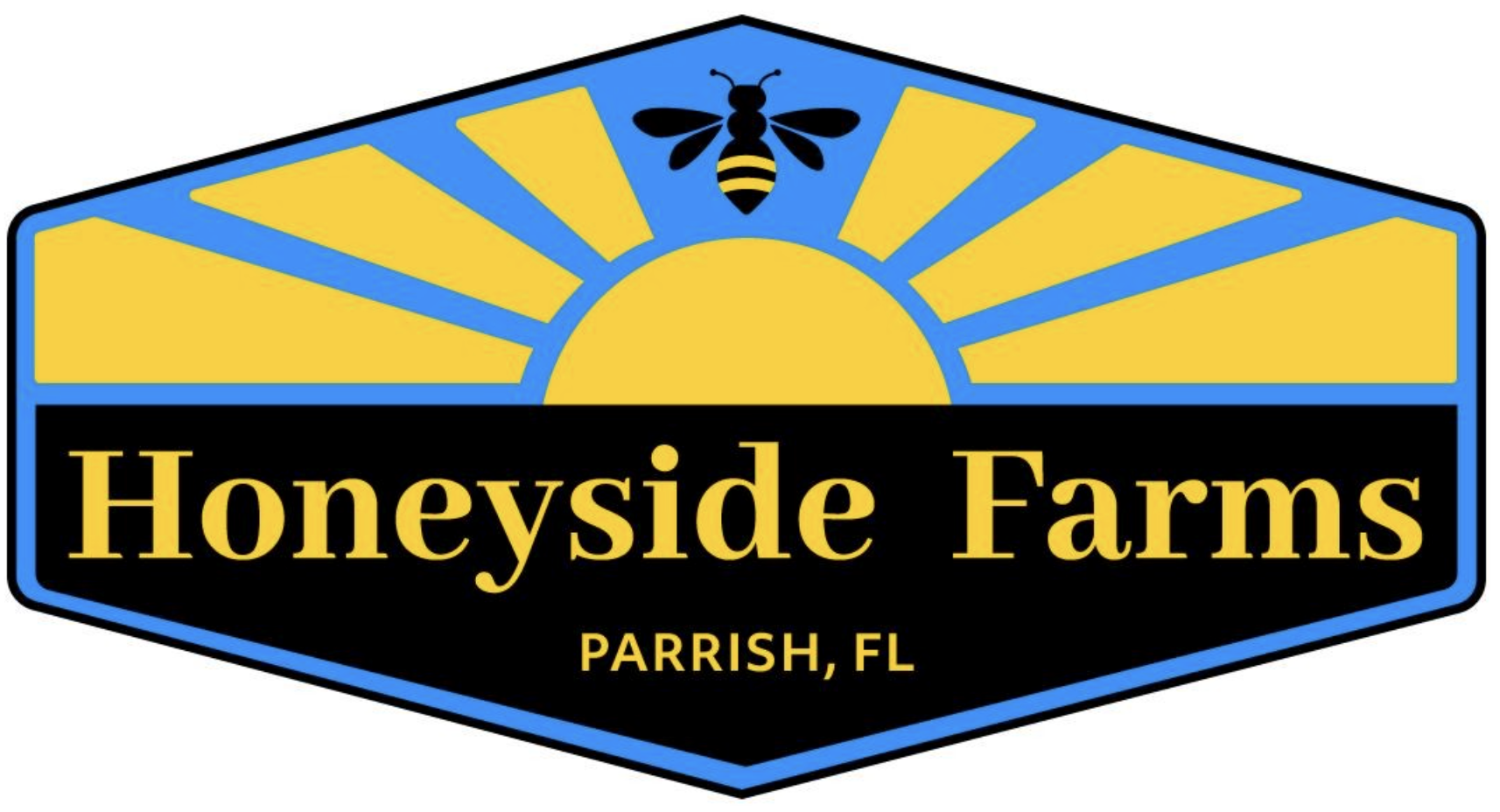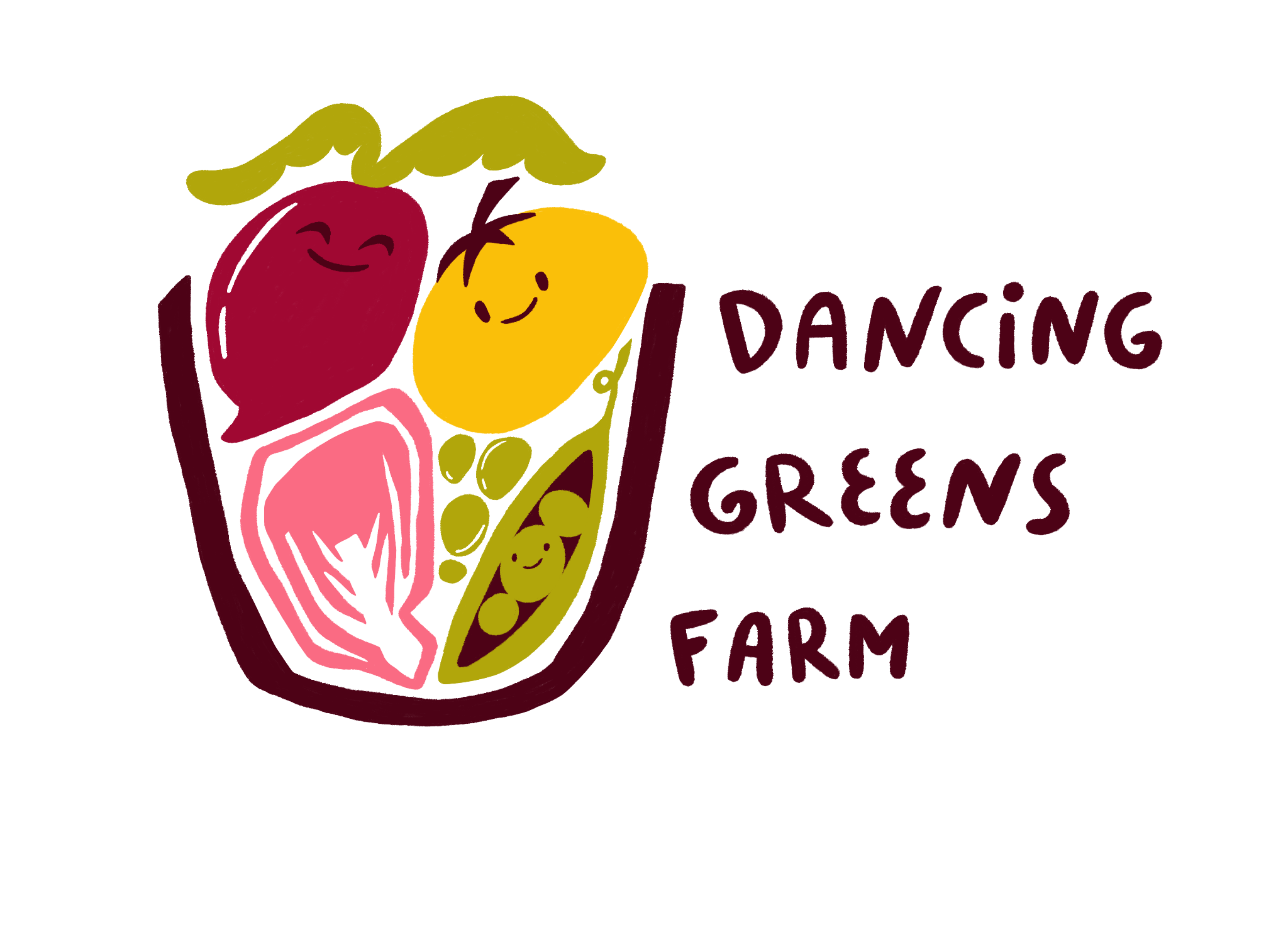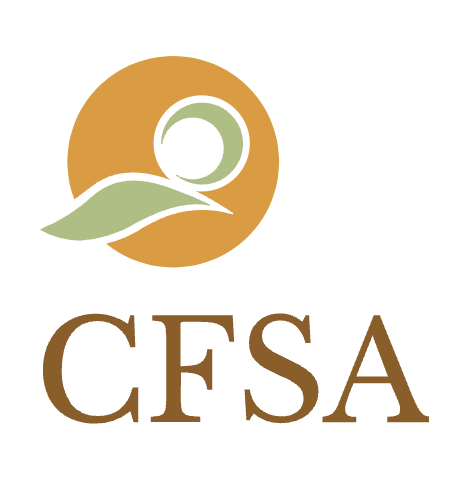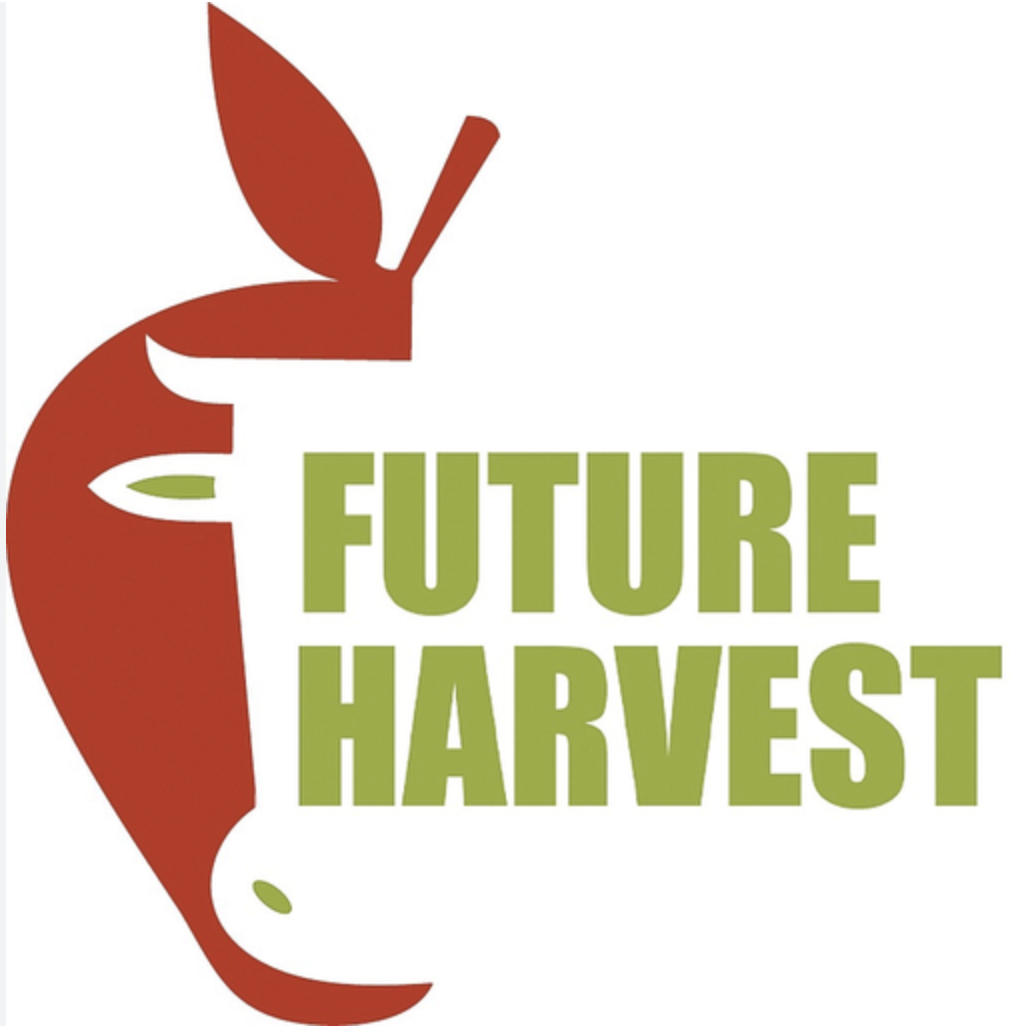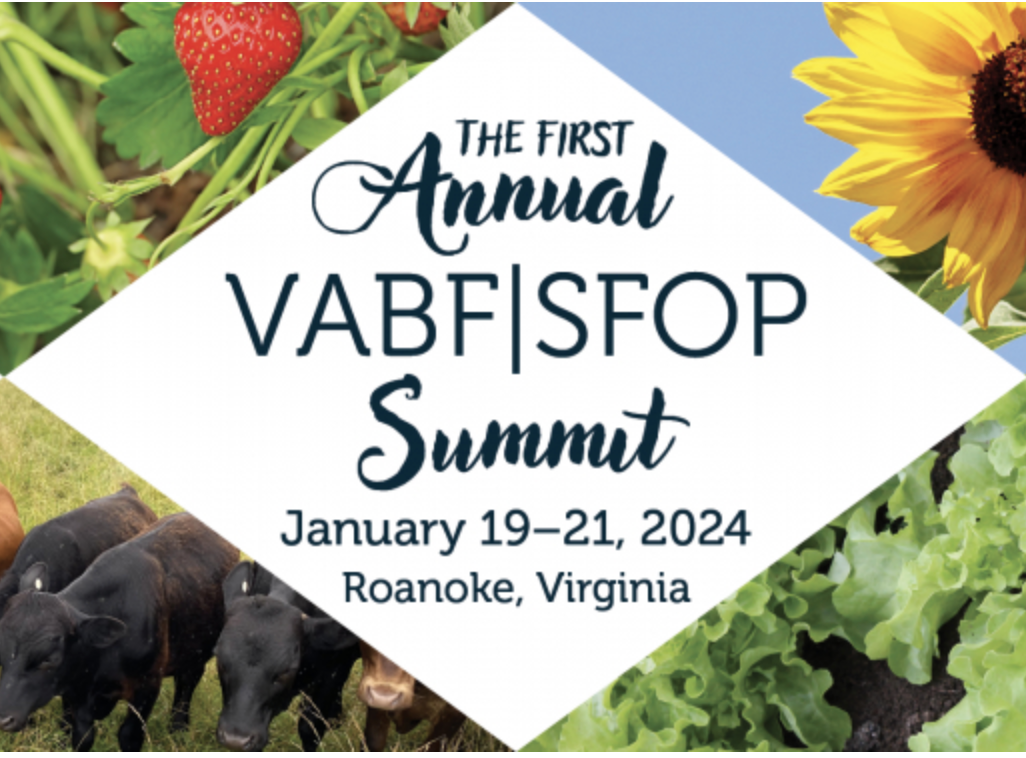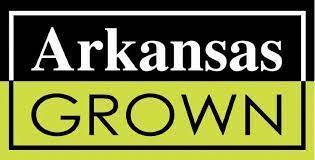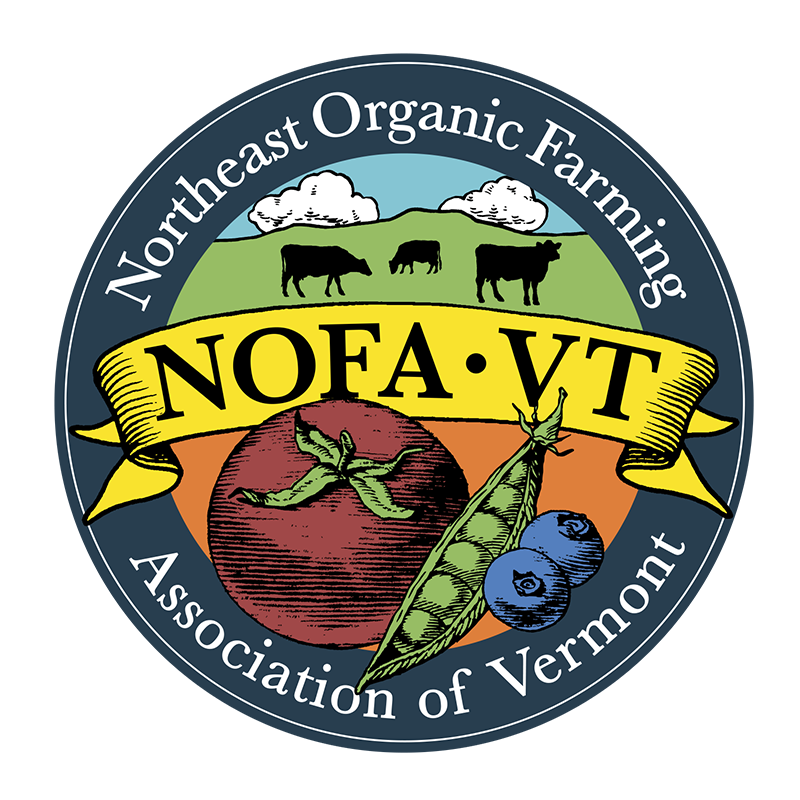Cover cropping is one of those farm practices that comes second nature to some farmers and, to others, feels like a nice idea, but never seems to get done. As both an art and a science, there is a lot to cover cropping, from the timing of both planting and termination, to selecting the right species and seeding rate for your context.
This post is meant to be a quick-start guide to cover cropping for folks who are struggling to implement this incredible stewardship and fertility practice on their own farms. (Hopefully there will be some hot tips for more experienced folks too)! The best advice we have is “give it a go!” Maximum biomass production takes some experience and finesse, but most folks can at least get decent soil coverage with some basic cover cropping knowledge. So let’s get started!
Species Selection
Which crops you choose to plant depends on what your goals are (i.e. what issues you’re hoping to address), along with your climate and time frame. The most common cover cropping goals are:
- nitrogen fixation
- increase soil organic matter
- soil coverage and stabilization
- beneficial insect and pollinator habitat
- honeybee forage
- weed suppression
- compaction mediation
- supplemental grazing
Then find crops that match your goals. We love using the Farm Seed Comparison Chart from Johnny’s Seeds to identify which species fit the bill. It’s also key to consider each species life cycle (i.e. are they annuals, biennials, or perennials), how long you’re hoping your cover crop will be in the ground, and when you can plant.
This can feel like an overwhelming decision-making prospect, but you can start simple. Pick one goal and a few crops that match your goal. Then determine which crop works best for your climate, planting timing, budget, etc. Here are some examples:
- Goal: beneficial insect and pollinator habitat
- Time frame: May – September
- Zone: 6a
- Other considerations: Budget is low, grower is inexperienced with cover cropping.
- Potential species: medium red clover, buckwheat, phacelia
- While all of these crops provide habitat for beneficial insects and pollinators, medium red clover is a perennial and phacelia seed is very expensive, especially for a monoculture planting. Buckwheat is a heat-tolerant, fast growing crop that will establish well in early summer and be easily terminated in September.
- Goal: increase soil organic matter
- Time frame: August – June
- Zone: 6a
- Other considerations: Farm has salty, high pH soils. Hoping to seed a carrot crop in July following cover crop termination. Has limited seed options in their area. New to cover cropping.
- Potential species: rye, winter wheat, triticale, sorghum, oats
- Sorghum and oats are both out as they would winter kill in this climate. Rye is a great, very common option, though mature rye can be tricky to kill. Winter wheat and triticale are both great options, but triticale is more tolerant of high pH, salty soils.
Cover Crop Mixes
The examples above demonstrated monoculture options, but mixing cover crop species can be an exciting, profitable endeavor. Purchasing a pre-made mix can be a great way to go because then you don’t have to worry about calculating the proper mix rate. Or, if you’re like me and like to just go for it and experiment, take your main cover crop monoculture seed and seeding rate, throw in some handfuls of other seed and see what happens!
Common cover crop mixes include:
- rye/vetch—A truly classic mix; lots of biomass, weed suppression, and soil coverage from the rye, with nitrogen fixation from the vetch. Both are super cold tolerant, so a great option for fall planting. Add in a tillage radish for quick establishment and compaction mitigation and you’ve got a stellar fall mix!
- oats/field peas—A great choice for a spring mix, the oats provide structure, and biomass, while the peas fix nitrogen. Both breakdown relatively quickly and are cold tolerant enough to be seeded in early spring. Hairy vetch is commonly added to this mix to add additional nitrogen fixation and a longer growth period, since vetch will tolerate high summer temperatures better than field peas.
- cowpeas/buckwheat/sunn hemp—All of these crops love the heat, making this mix great for summer. Plant in early summer as a precursor to a fall crop. The cowpeas and sunn hemp fix nitrogen, while the buckwheat provides fast-growing soil coverage and attracts beneficials. This mix grows fast and suppresses those summer weeds well. Throw in some sunflower for extra biomass and insect habitat.
If you want to get a little more science-y about it and design your own mixes check out this video from Penn State: Cover Crop Mixtures: Calculating Seeding Rates.
Remember that any crop you’re growing as an input, not as a cash crop, is essentially cover crop. Have a bunch of old radish and sunflower seeds lying around after you dropped microgreens production? Too many bags of oats since you scaled back the animal side of your operation? Add them to your cover crop mix!
Seeding Rates
The waters can get very muddied when you start talking about seeding rates, especially when you’re working with mixes, alternative seeding methods, or bed vs. acre scale considerations. The big take home point here is over-seed and don’t worry too much. (The caveat of course is, if you are managing a large operation, seeding rate is going to have a huge effect on your bottom line. Hopefully you have access to a drill and can precision seed at the recommended rates).
For the rest of us, a good rule of thumb, especially if you want lots of biomass and are on a smaller scale, is to double the recommended broadcast seeding rate. Some folks even triple it to ensure a nice dense stand. This will also help to combat establishment challenges due to less-than-ideal seeding method, insufficient irrigation, or poor seed-to-soil contact.
There are all kinds of resources on cover crop seeding rates and, once you figure out your system, you can fine-tune for your own conditions and technology. Managing Cover Crops Profitably is a great resource for finding the seeding rates of most cover crop species. Pay attention to the broadcast vs. drill seeding rate. The broadcast rate will be much higher and, in most cases, the one you should use unless you have a seed drill. Many cover crop seed suppliers will have rates posted and can provide consultation as well.
Seeding Methods
Lots of options here, so don’t be intimidated! Most cover crops like to grow and can be seeded in a variety of ways. Just like when direct seeding carrots, seed-to-soil contact and planting depth are important. The smaller the seed the shallower you need to plant and the more important seed-to-soil contact and frequent establishment irrigation will be. Larger seed is generally easier and more forgiving to establish, but don’t go too deep or too shallow.
Bed/field preparation is pretty flexible as well. Cover crops are meant to produce crop residue and biomass, so no need to go crazy creating the perfect fluffy, residue-free bed. I often just mow the previous crop and seed right into it.
These are a few of the most common cover crop seeding methods.
Broadcast
Broadcasting is often most accessible method of cover crop seeding, depending on your scale. Farmers broadcast seed from airplanes, tractor-mounted drop and cone spreaders, walk-behind lawn spreaders, bag seeders, and by hand. All of these methods work fine, but you’ll have the best results if you incorporate the seed following the broadcast either by raking or a shallow till/disc/harrow. Super tiny seed like clover may get buried too deep with incorporation though, so be careful. Sometimes just pressing the seed into the soil with your feet, an upside down rake, or a roller implement is enough for those tiny seeds.
Push Seeder
This is a great option for small-scale growers. I don’t use my Earthway seeder for direct seeding vegetables or flower seeds anymore, but I use it all the time for cover crops! I mow the previous crop, maybe rake a little residue out of the bed, and then, using the beet or radish plate with the depth set to 1/2 inch, I run three to five rows up and down the bed, in between the previous crop rows. With this method, it’s trickier to calculate an exact seeding rate, but you can start to nail down what plate and how many rows per bed works for which crop or mix. Because the push seeder method can be done on a single or even partial bed scale, I’ve found that it’s gotten easier to squeeze smaller cover crop plantings in throughout the season.
Other push seeders like the Jang and Plant Jr. will work for cover crops as well, you’ll just have to do some experimenting to find the best plates.
Seed Drill
Seeding with a drill will allow you the most precision and can offer you the best, most predicable results. It’s a great choice for larger growers and folks with access to equipment. The most common issues with drill seeding is planting too deep or improper drill calibration. Triple check your depth as you’re seeding, especially if your field isn’t perfectly level or has some contour changes. Calibration is key, especially if you’re trying to nail a particular seeding rate, and takes patience and precision. Certain seed mixes, especially those with a wide range of seed sizes can be especially challenging to calibrate and set the proper seeding depth. Look for a seeder with a legume box if you’re interested in seeding lots of diverse mixes.
Seed drills that can handle some residue like no-till drills or vineyard drills are nice if you prefer to do minimal field prep and minimize soil disturbance between cash and cover crops. Smaller-scale farms can check out the drills available as walk-behind tractor implements.
Undersowing
Bed space on small-scale and urban farms is often a big barrier to cover cropping since these operations are often using every available bed. Undersowing, sowing a cover crop underneath a cash crop while the cash crop is still in production, is a great option in these situations. Similar to intercropping, where two cash crops are grown in the same bed (i.e. basil under your trellised cucumbers), undersowing allows the farmer to get a head start on cover cropping a bed without losing production. A classic undersowing practice is sowing white dutch clover under broccoli, kale, or other taller brassicas.
Inoculation
If you take anything away from this article, let it be this—please inoculate your legume seed! Everyone loves legumes like vetches, peas, beans, and clovers because they fix nitrogen, turning atmospheric nitrogen into plant-available ammonia. But legumes cannot do this on their own—symbiotic relationships with Rhizobia bacteria are necessary for nitrogen fixation. It’s true that many species of Rhizobia exist is our farm soils, but these partnerships can only form between particular species. In short, the bacteria needs to match with the legume, hence why farmers should inoculate their legume seeds with the proper inoculant. It takes a bit more time, but is so worth it. Once you’ve calculated your inoculant amount, just a simple matter of adjusting the recommended ratio to your seed amount, dampen your seed slightly, distribute the inoculant throughout the seed and plant right away.
Most cover crop seed suppliers sell inoculant or provide pre-inoculated seed. Exceed is the most common inoculant company and provides some OMRI-listed products.
Seed Sourcing
Like vegetable, flower, herb, and pasture seed, cover crop seed falls under the CNG Seed Policy and should be organic whenever possible. Farmers should check with at least three sources before purchasing conventional seed. Keep an eye out for GMO seed (especially if you’re growing alfalfa or rapeseed) and make sure that all seed treatments and inoculants are OMRI-listed or confirmed to contain no synthetic or GM ingredients.
Cover crop seed is heavy and you’ll need a lot of it, so finding a supplier in your state or region will save you some freight cost. Keep in mind that shipping cost is not a justifiable reason for purchasing conventional seed if organic is available from another supplier. Some folks have good luck purchasing cover crop seed from their local farm supply store or direct from regional farmers and feed suppliers. You can save your own too!
Some stellar suppliers are: Albert Lea Seed, Fedco Seeds, Green Cover Seed, Johnny’s Seeds, and Pawnee Butte Seed. For even more suppliers, check out this comprehensive Seed Suppliers List from the Southern Cover Crop Council.
Resources & References
There is a wealth of knowledge out there on cover cropping that we encourage everyone to explore. These are the resources we’ve found to be the most helpful:
Managing Cover Crops Profitably, SARE — The OG cover crop handbook.
The No-Till Organic Vegetable Farm, Daniel Mays — Amazing section on cover cropping in small-scale, no till production systems.
Cover Crop Mixtures: Calculating Seeding Rates, Penn State Extension YouTube — A great video that instructs how to calculate seeding rates when adding in additional cover crop species.
Smart Mix, Green Cover Seed — A super fun and informative online tool, allowing you to calculate custom cover crop blends for your goals and context.
Cover Cropping for Soil Health—Low and No Till Strategies, No Till Growers — So many hot tips on low/no till cover crop management from everyone’s favorite farmer podcasters.
Cover Cropping for Pollinators & Beneficial Insects, SARE — A great resource for all you beekeepers and pollinator stewards out there.
How to Design a Cover Crop Mix for Fall Planting, Green Cover Seed — Planting late? Read on to see what crops you can still get away with.


